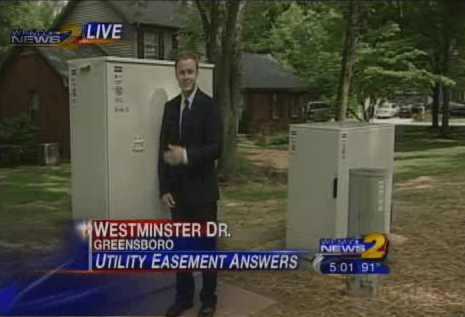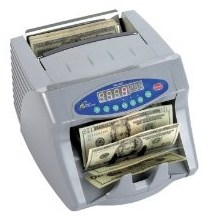[flv width=”640″ height=”500″]http://www.phillipdampier.com/video/Engadget Broadband in Europe.flv[/flv]
Rick Karr at Engadget delivers a sweeping indictment of America’s broadband duopoly in a special video presentation that explores Europe’s leapfrog advancements in broadband penetration, speed, and pricing. It’s all made possible by technology policy. In Europe, open access is guaranteed. In the United States, telecommunications companies won the right to keep competitors off their networks. The result is a staggering decline in America’s broadband ranking, now below Portugal and Italy. So what happened to let Europe spring ahead of the United States? Government regulation.
The game-changer in the United Kingdom and the Netherlands has been government regulators who have forced more competition in the market for broadband.
The market in the UK used to be much like ours here in the U.S.: British homes had two options for broadband service: the incumbent telephone company British Telecom (BT), or a cable provider. Prices were high, service was slow, and, as I mentioned above, Britain was falling behind its European neighbors in international rankings of broadband service.
The solution, the British government decided, was more competition: If consumers had more options when it came to broadband service, regulators reasoned, prices would fall and speeds would increase. A duopoly of telephone and cable service wasn’t enough. “You need to find the third lever,” says Peter Black, who was the UK government’s top broadband regulator from 2004 to 2008.
Starting around 2000, the government required BT to allow other broadband providers to use its lines to deliver service. That’s known as “local loop unbundling” — other providers could lease the loops of copper that runs from the telephone company office to homes and back and set up their own servers and routers in BT facilities.
Today, the UK’s broadband marketplace resembles America during dial-up Internet days, when customers could choose from a dozen or more providers and get substantial discounts or service tailored towards specific needs. Today, that choice isn’t available from cable and phone companies. There’s typically just one of each, and your practical choices usually end there. Thanks to Stop the Cap! reader Corey for sharing the story with us.
The video lasts 16 minutes.


 Subscribe
Subscribe







